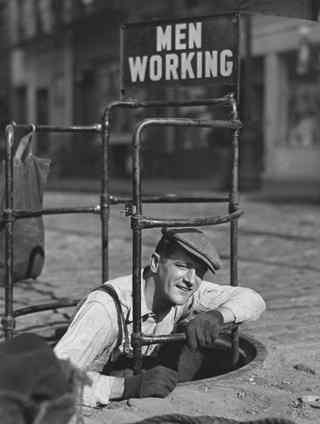
RELOADING SUBMINIATURE CASSETTES

First, you've got to decide on a film to purchase. Not all available films will be useful to you. Some films are extremely high contrast, some require special machines, chemicals or heat for processing. If you are photographing documents or have access to special developers or equipment, these restrictions many not be an obstacle. But unless you are familiar with a particular film, it is best to request a film data sheet from the manufacturer before purchasing or using the film in your submini camera.
Another item to consider is perforations:
Once you decide on a film, ordering it will be another obstacle. Not every store will be willing or able to order it. First, they'll have to be able to find it in their catalog, a more difficult task than you would think. If it happens to be in a special catalog that they don't have, they can't order it. And since it is not financially rewarding enough for many local sales persons, you may need to "sweeten the pot". Don't be surprised if your local camera store tells you "They don't make that anymore". A more common question is "What do you want that for?" or "What are you going to do with it?". They don't know what else to say. One place to try for short lengths of film is GOATHILL PHOTO. They are a sponsor of the SUBCLUB and have a wide variety of films available at amazing prices in several submini formats. They also sell FILM SLITTERS!!!
If you are working with movie film, besides perforations, you'll also need to determine what type of "spooling" and length you want for the film. Movie films come in different lengths from 100 feet to 2500 feet. Some do not come in the "short" 100 foot size, so don't be surprised if you are told that the film you want only comes in the 1,000 foot roll! Other times you may be told that you can order the film, but you have to order an entire case -- not very helpful. Some films come on special reels or in cartridges that make using the film more difficult. None of these 16mm films will fit in a 35mm bulk film loader, so you might want to pick up a used 16mm movie viiewer or projecter (you can get them for next to nothing at used camera shows). If you get your film on the right type of spool, you can load it (in the dark) on the film viewer. This will make cutting it much easier.
How long to cut the film depends on your needs. Most cameras use a 16-20 inch strip to produce about 20-24 10x14mm pictures. Your camera might use a different length. If you have an old roll of film, you can check the length exactly. If not, start out with 18 inches, or calculate the length by multiplying the maximum number of exposures (get this from the film counter on the camera) by the dimension of the film frame (use a ruler or calculator and a negative). Add two inches for the beginning of the roll and another inch for the end of the roll and another inch for spacing between the negatives. Cut your film to that length, as a starting point. You can also probably put more film into your camera (especially if you are using an extra thin film) if you want more exposures per load. This will allow you to get several more pictures out of a roll of film, but your film counter (if you have one), will become useless at some point in the middle of the roll.
The actual job of rolling the film is easy for some cameras, next to impossible for others. If you have an unused roll of film, you can use that as a "template", but without this, it's sometimes easy to load the film incorrectly. Make sure you know which side of the film is the emulsion side and place it toward the lens. With some cassettes you need to slide the film through the slot and into the cassette. The best approach, in this case, is to seek advise from other submini users of that camera and to use the old books (check out The Library) which frequently provide specifics, with pictures, on how to load the film.
Also, check the SUBCLUB page for you particular camera in the CAMERA SHOP.

To return to the main index for the Sub Club click here.
COPYRIGHT @ 1995-2025 by Joe McGloin. All Rights Reserved.